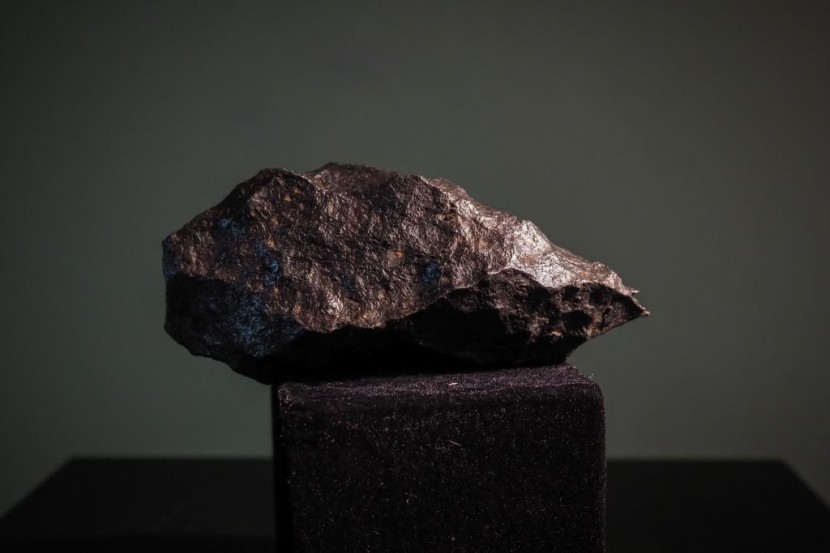
Scientists discovered two never-before-seen minerals on Earth inside one of the planet's largest meteorites weighing 16.5 tons and offer researchers potential clues into how asteroids are formed.
The discovered minerals were found inside a 2.5-ounce slice of the meteorite known as El Ali which is located in Somalia. The asteroid was first discovered in 2020 and is ranked ninth largest meteorite ever discovered, said the University of Alberta in a news release. Meteorites are meteors that survive the heated flight through the Earth's atmosphere and land on the surface.
Newly-Discovered Minerals
Samples taken from the meteorite were taken and sent to the University of Alberta for classification and this was where the researchers discovered the two minerals. They added that they may have also identified a third new mineral, but it was still being analyzed. Their findings were introduced at the university's Space Exploration Symposium on Nov. 21 and Nov. 22.
The curator of the University of Alberta's Meteorite Collection, Chris Herd, who is also a professor in Earth and atmospheric sciences, said that whenever a new mineral is found, it means that the actual geological conditions and the chemistry of the space rock were different that was previously found, as per USA Today.
Herd added that this was the reason that the discovery of the new minerals was exciting because they bring new science. He said that he knew that there was something unique in the small slice when he first observed it. Herd then called in his colleague, Andrew Locock, who had been involved in mineral descriptions before.
The newly-discovered minerals were already synthetically made before, so Locock confirmed them by comparing the compositions of the samples found in the meteorite and the ones that humans made.
According to The Sun, researchers named the two newly-found minerals elaliite and elkinstantonite, after the meteor and the managing director of the Arizona State University Interplanetary Initiative, Lindy Elkins-Tanton, respectively.
Asteroid Formation
Herd said that as researchers obtain more samples of the meteorite, there is a chance they could find even more never-before-seen minerals. But for now, they plan to use the meteorite to help them better understand the process of asteroid formation.
Elkins-Tanton is also acting as the principal investigator for NASA's future Psyche mission, which aims to investigate space rocks found within the asteroid belt.
Herd explained that naming one of the minerals after Elkins-Tanton was due to her contributing significantly to understanding how the cores of planets form. Furthermore, Herd, in collaboration with researchers at UCLA and the California Institute of Technology, classified the El Ali meteorite as an "Iron, IAB complex" meteorite, which makes it one of more than 350 that are in that particular category.
The curator added that experts are excited whenever such a discovery is made because of the potential uses in a wide range of things in society. The future of the meteorite remains unknown, but Herd said that researchers received news that it was moved to China to be sold off to a potential buyer, the University of Alberta reported.
© 2026 HNGN, All rights reserved. Do not reproduce without permission.








